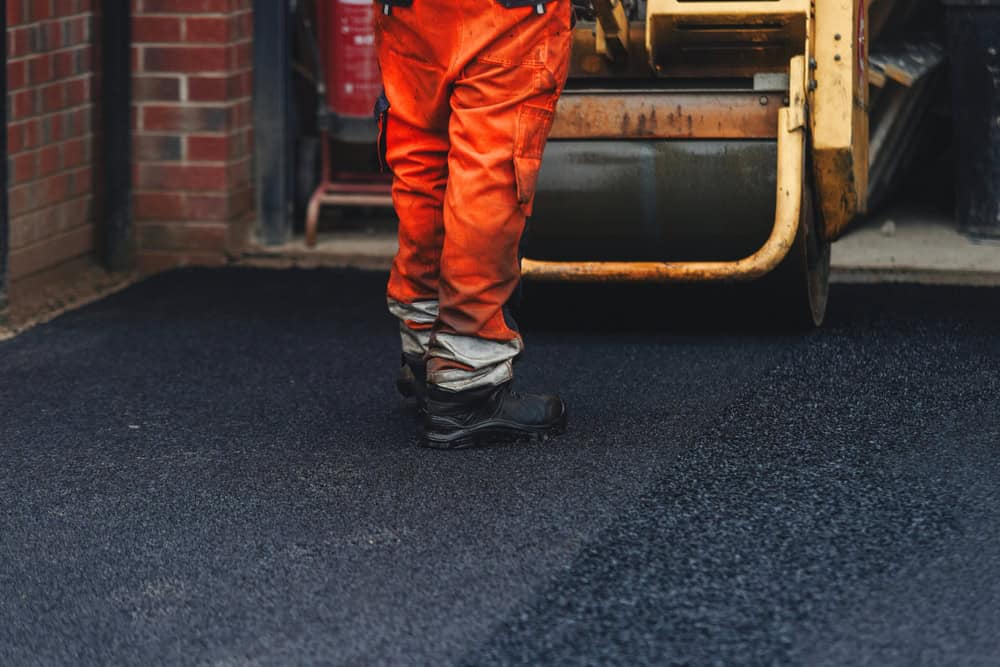Are you in search of a steadfast asphalt paving contractor in Manchester? Your quest ends here. We are specialists in the creation of resilient, superior asphalt surfaces, designed to cater to the diverse needs of both residential and commercial clients. We employ advanced methodologies and premium materials to significantly extend the longevity of your pavement. You can rely on us to provide solutions that contribute lasting value to your property.


At Get Asphalt NH, we are deeply aware of the critical role that superior asphalt paving plays in Manchester. We are committed to utilizing only the highest caliber asphalt mixes, coupled with the most advanced compaction techniques, to produce surfaces that are both exceptionally robust and visually appealing. In summary, our operational philosophy is rooted in the provision of paving solutions that are precisely calibrated to meet the unique demands of Manchester residents. Furthermore, we maintain an unwavering dedication to the pursuit of excellence, a principle that is reflected in every project we undertake. Our meticulous attention to detail and steadfast commitment to customer satisfaction distinguishes us as a leading asphalt paving provider in Hillsborough County.


Ready to get started?
In conclusion, Get Asphalt NH stands as the premier provider of superior asphalt paving solutions throughout Hillsborough County. Our steadfast dedication to utilizing quality materials and employing meticulous craftsmanship guarantees paving that is built to endure. Consider the substantial advantages of a well-maintained, crack-free asphalt surface that significantly improves both the functionality and the visual appeal of your property. Do not hesitate-discover the transformative benefits of professional paving services today. Reach out to us to explore our service offerings and learn how we can assist you with your upcoming paving project.

The native Pennacook people called Amoskeag Falls on the Merrimack River-the area that became the heart of Manchester-Namaoskeag, meaning “good fishing place”. In 1722, John Goffe III settled beside Cohas Brook, later building a dam and sawmill at what was dubbed “Old Harry’s Town”. It was granted by Massachusetts in 1727 as “Tyngstown” to veterans of Queen Anne’s War who served in 1703 under Captain William Tyng. But at New Hampshire’s 1741 separation from Massachusetts, the grant was ruled invalid and substituted with Wilton, Maine, resulting in a 1751 rechartering by Governor Benning Wentworth as “Derryfield”-a name that lives on in Derryfield Park, Derryfield Country Club, and the private Derryfield School.
In 1807, Samuel Blodget opened a canal and lock system to allow vessels passage around the falls, part of a network developing to link the area with Boston. He envisioned a great industrial center arising, “the Manchester of America”, in reference to Manchester, England, then at the forefront of the Industrial Revolution. In 1809, Benjamin Prichard and others built a water-powered cotton spinning mill on the western bank of the Merrimack. Apparently following Blodgett’s suggestion, Derryfield was renamed “Manchester” in 1810, the year the mill was incorporated as the Amoskeag Cotton & Woolen Manufacturing Company. It would be purchased in 1825 by entrepreneurs from Massachusetts, expanded to three mills in 1826, and then incorporated in 1831 as the Amoskeag Manufacturing Company.
Amoskeag engineers and architects planned a model company town on the eastern bank, founded in 1838 with Elm Street as its main thoroughfare. Incorporation as a city followed for Manchester in 1846, soon home to the largest cotton mill in the world-Mill No. 11, stretching 900 feet (270 m) long by 103 feet (31 m) wide, and containing 4,000 looms. Other products made in the community included shoes, cigars, and paper. The Amoskeag foundry made rifles, sewing machines, textile machinery, fire engines, and locomotives in a division called the Amoskeag Locomotive Works (later, the Manchester Locomotive Works). The rapid growth of the mills demanded a large influx of workers, resulting in a flood of immigrants, particularly French Canadians. Many current residents descend from these workers. In 1871, the arch dam was built on the Merrimack River, enhancing the mill’s water power delivery system. By 1912, the production of woven cloth in the Millyard had reached a production rate of 50 miles in length per hour.
Learn more about Manchester.Local Resources
Useful Links
Here are some paving-related links:
Support
Useful Links